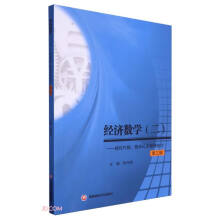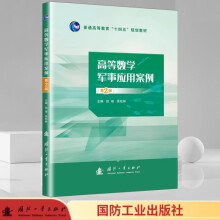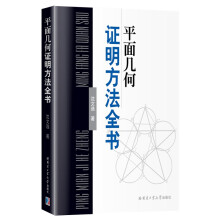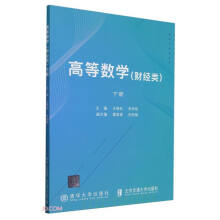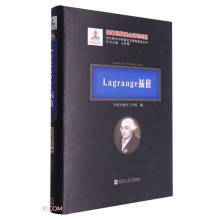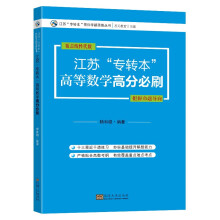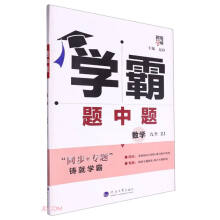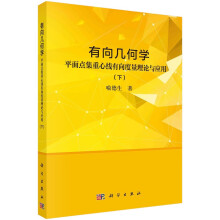Preface
Author biography
Part I Conservation laws
1 Motivation
2 Getting ready
2.1 Anticipatory set
2.2 Objective
2.3 Purpose
3 Giving information
3.1 Instructional input
3.1.1 Multiplying vectors by scalars
3.1.2 Multiplying vectors by vectors: the vector 'dot'-product
3.2 Modeling
3.3 Instructional input
3.3.1 Work or energy
3.4 Modeling
3.5 Instructional input
3.5.1 Work done by a non-constant force
3.5.2 The 'work-energy theorem' or the 'law of conservation of energy'
3.6 Modeling
3.7 Checking for understanding
3.8 Instructional input
3.8.1 Linear momentum
3.8.2 The 'law of conservation of momentum"
3.9 Modeling
3.10 Checking for understanding
3.10.1 What if an object's mass changes?
4 Keeping information
4.1 Closure
4.1.1 LCE and LCP
4.2 Independent practice
4.2.1 The law of conservation of energy
4.3 Independent practice
4.3.1 The law of conservation of momentum
4.4 Peer teaching
4.4.1 Gravitational potential energy
4.4.2 Work done by 'other' forces
Part Ⅱ Rotational motion
5 Motivation
6 Getting ready
6.1 Anticipatory set
6.2 Objective
6.3 Purpose
7 Giving information
7.1 Instructional input
7.1.1 The Center-of-Mass
7.2 Modeling
7.3 Checking for understanding
7.3.1 Where is the human body's Center-of-Mass?
7.4 Instructional input
7.4.1 The moment of inertia about an axis of rotation
7.5 Modeling
7.6 Instructional input
7.6.1 Multiplying vectors by vectors: the vector 'cross'-product
7.6.2 Representing vectors 'out of' and 'into' this book
7.7 Modeling
7.8 Checking for understanding
7.8.1 All vector operations
7.9 Instructional input
7.9.1 Torque
7.10 Modeling
7.11 Instructional input
7.11.1 Angular displacement
7.11.2 Linear-to-angular transformations
7.12 Checking for understanding
7.13 Modeling
8 Keeping information
8.1 Closure
8.2 Independent practice
8.2.1 The Center-of-Mass
8.2.2 Moment of Inertia
8.2.3 Torque
8.2.4 Rotational motion
编辑手记
展开



